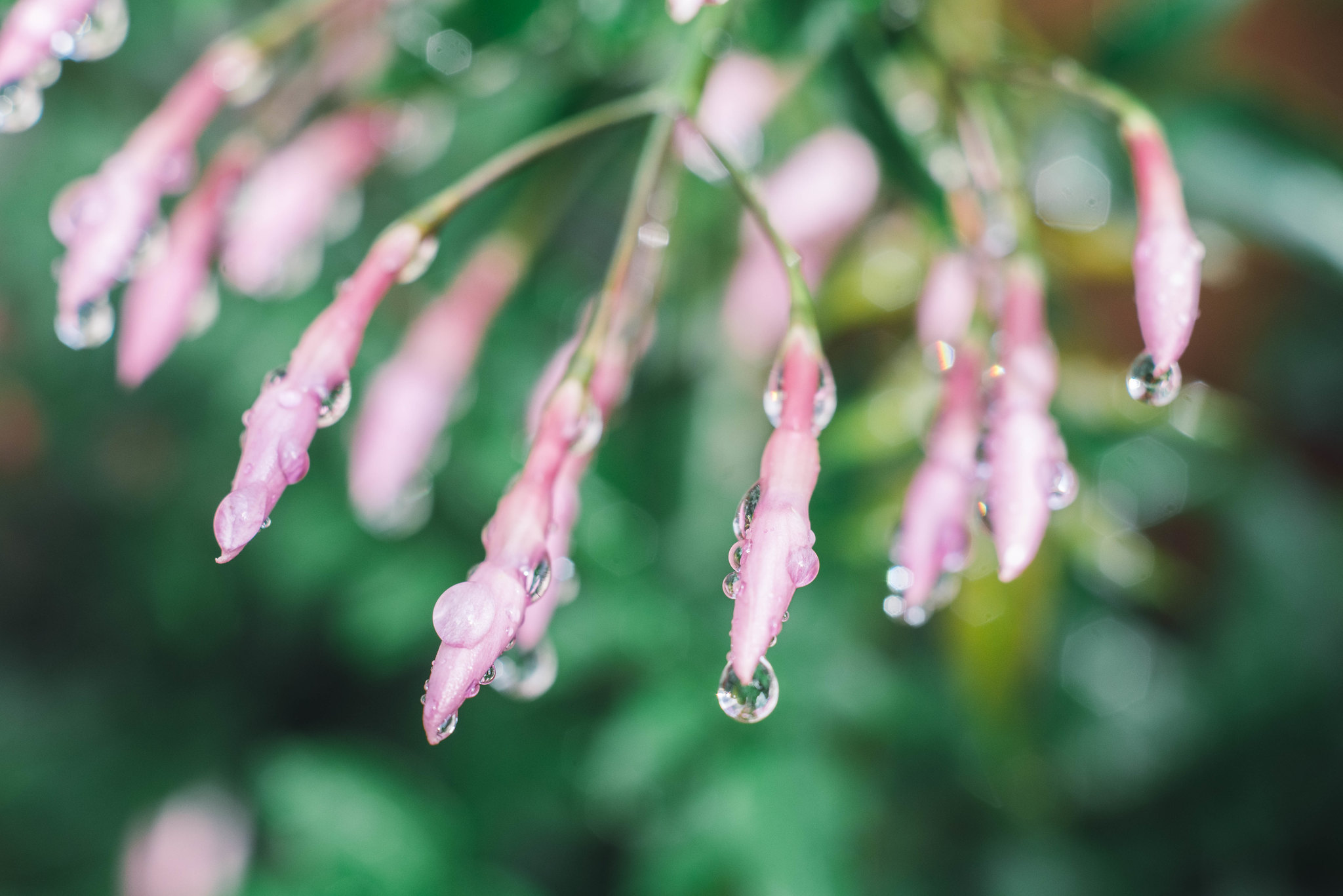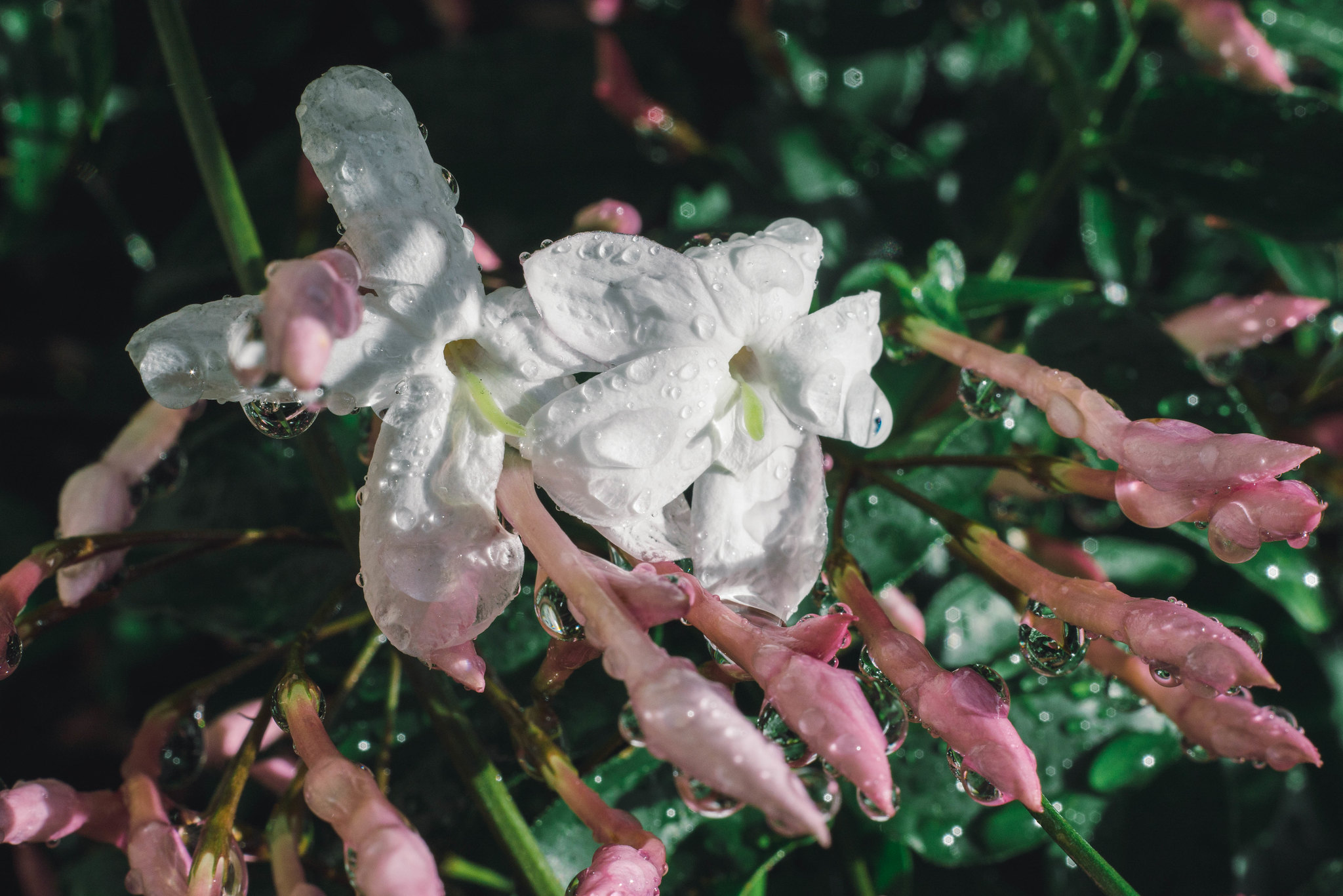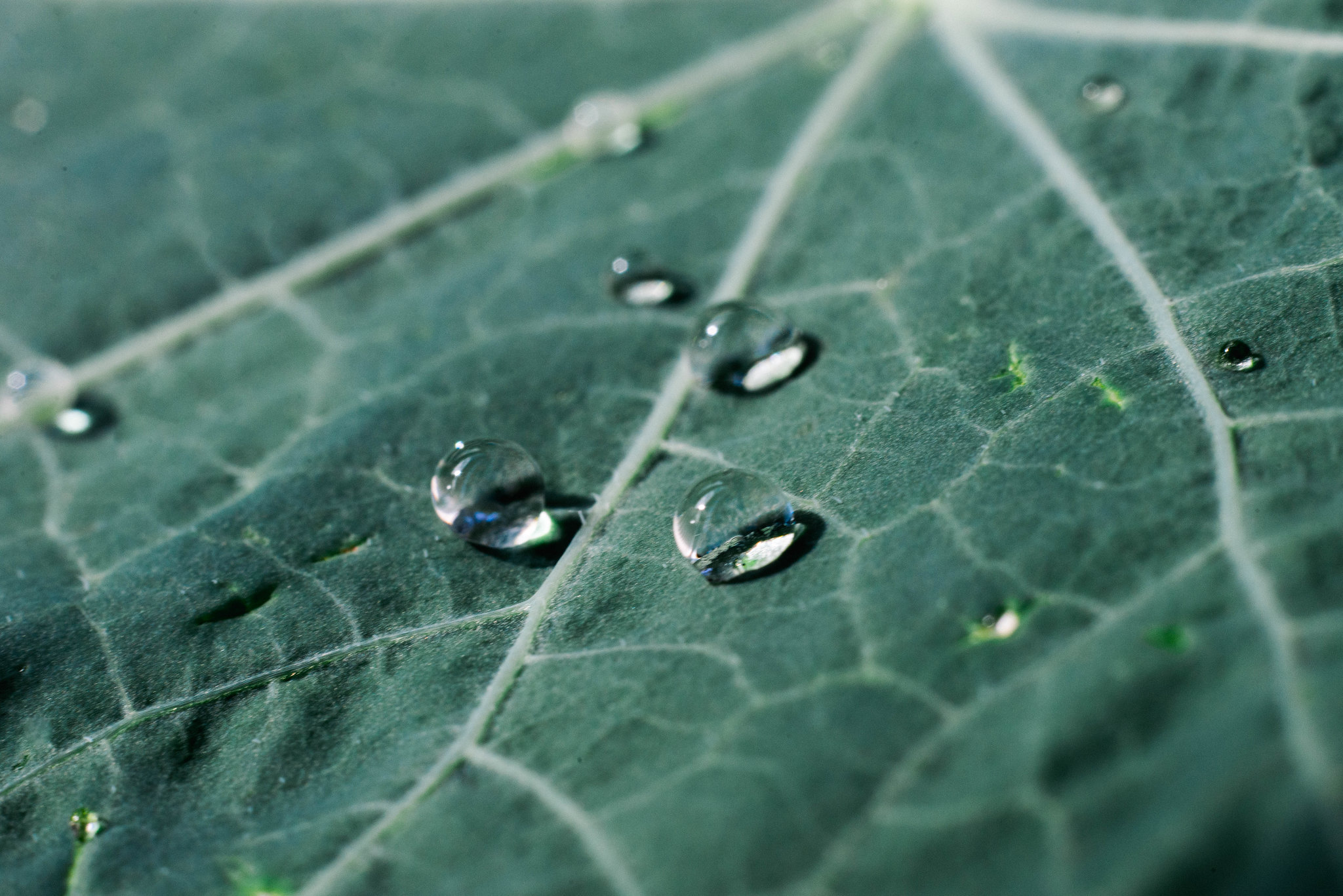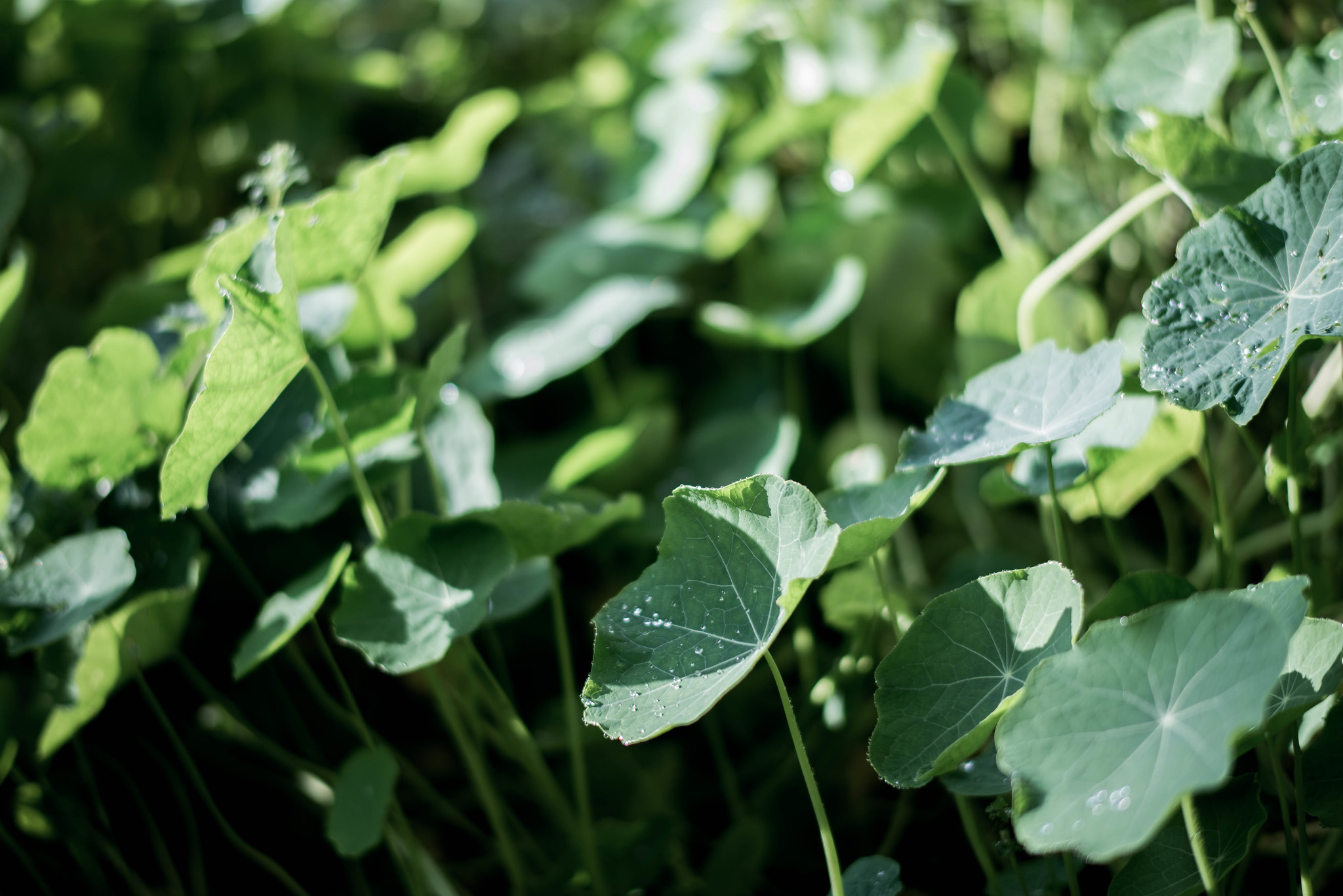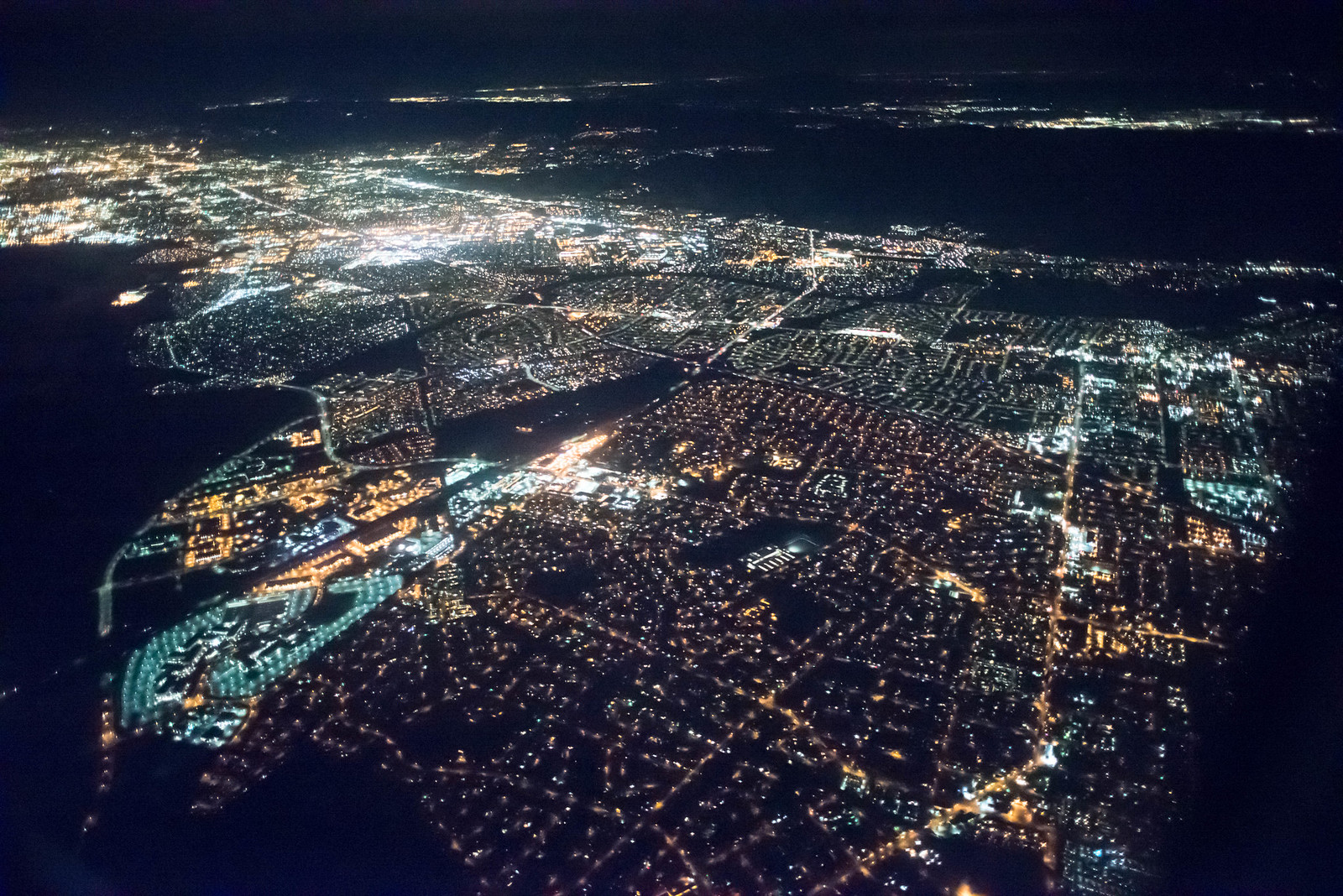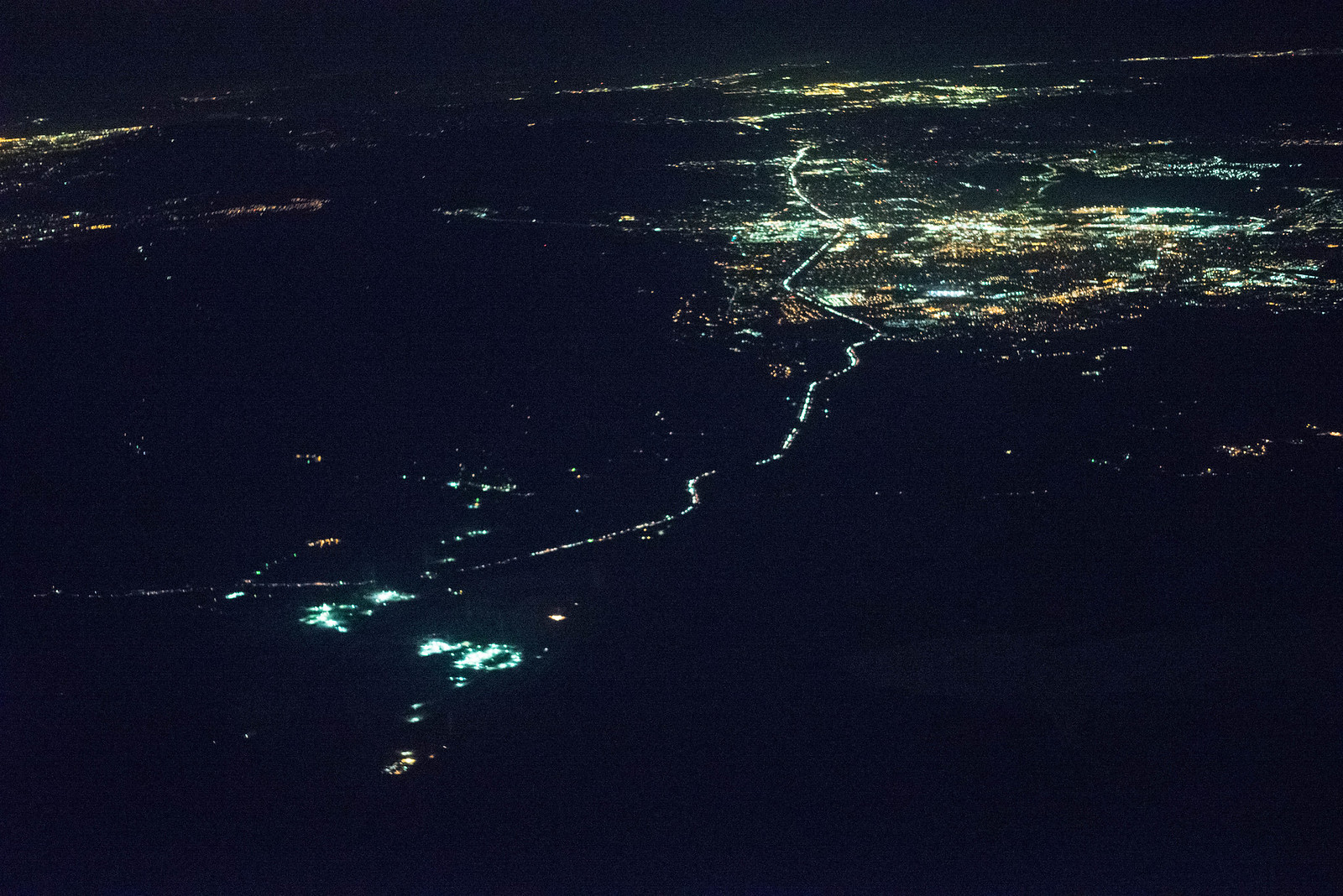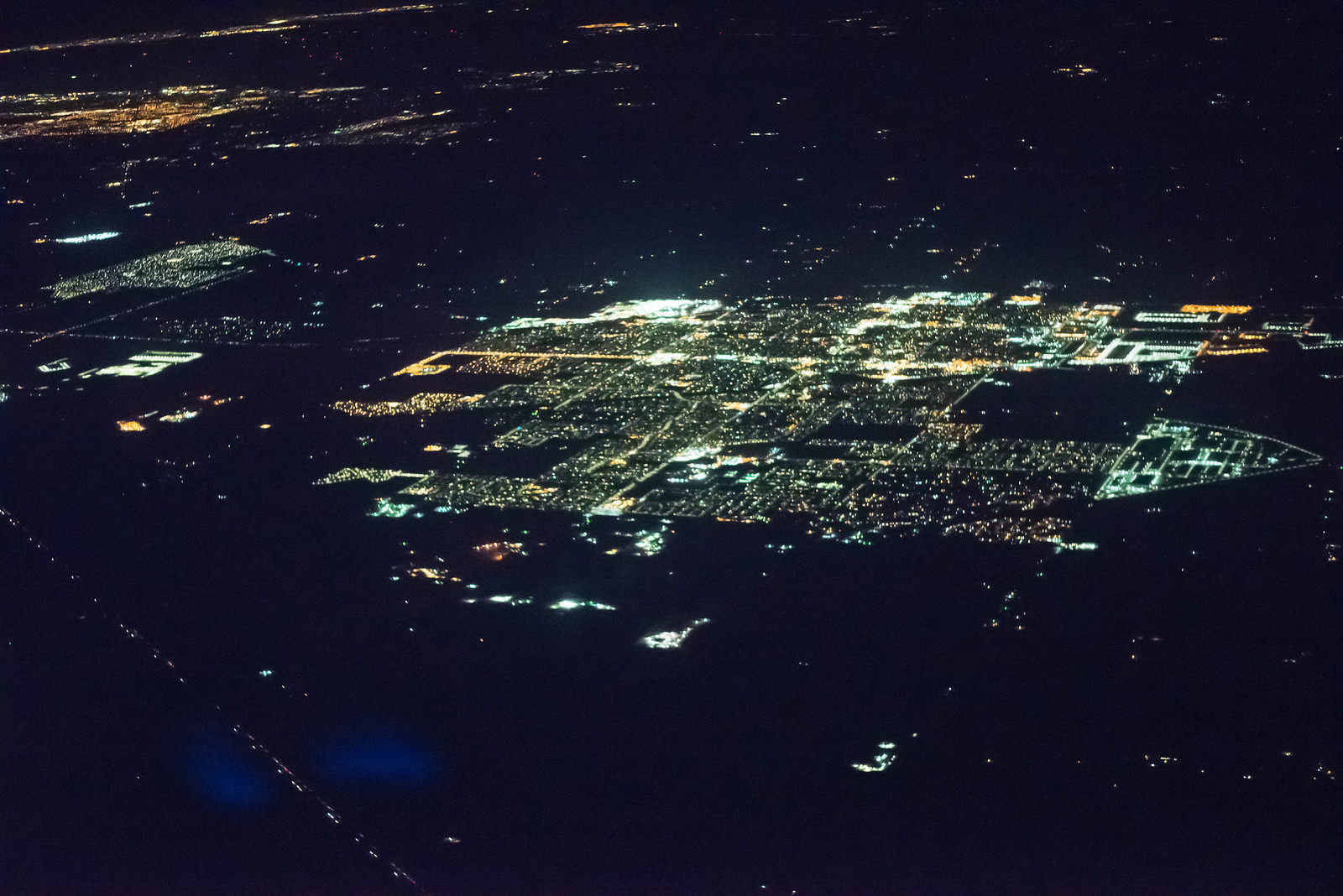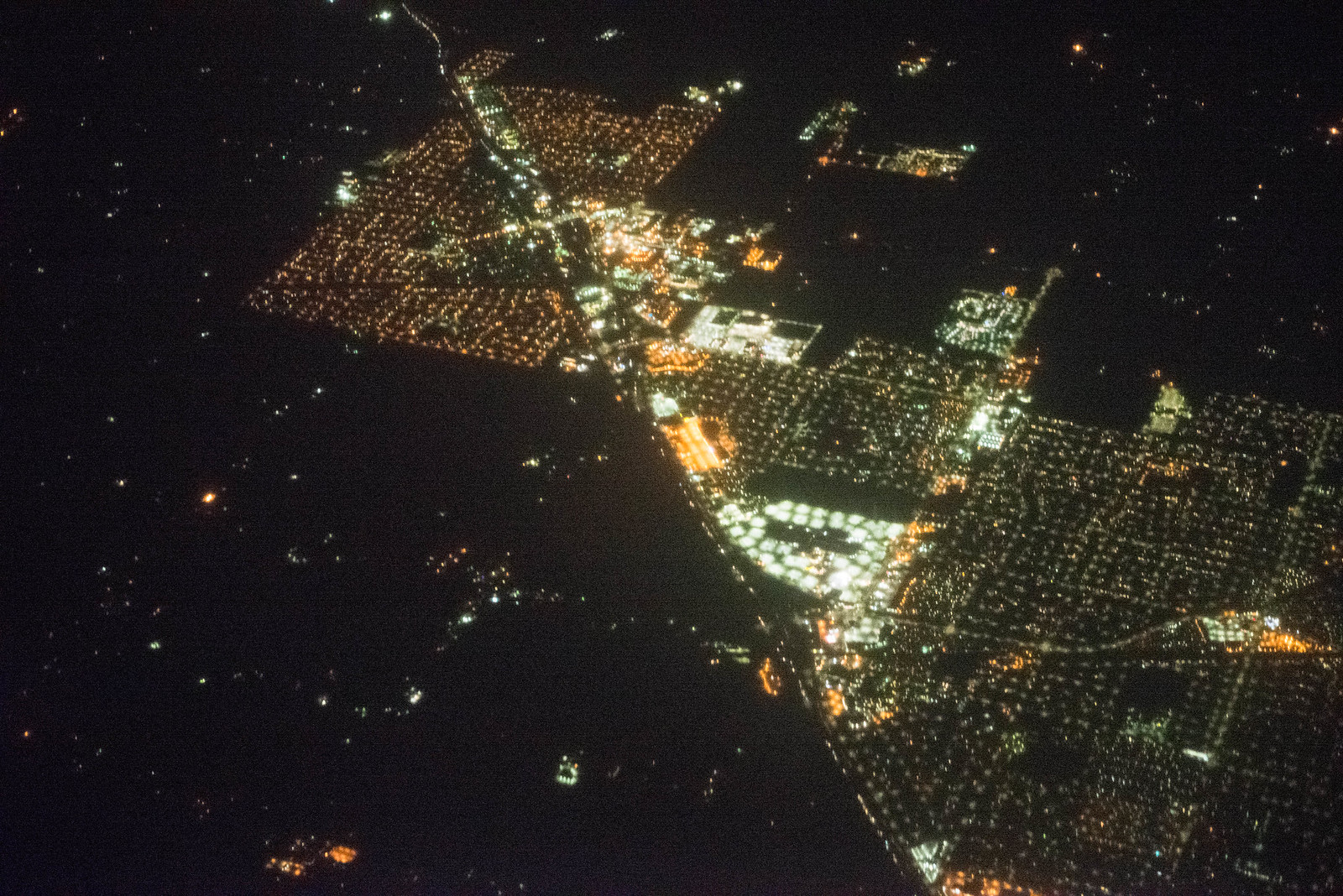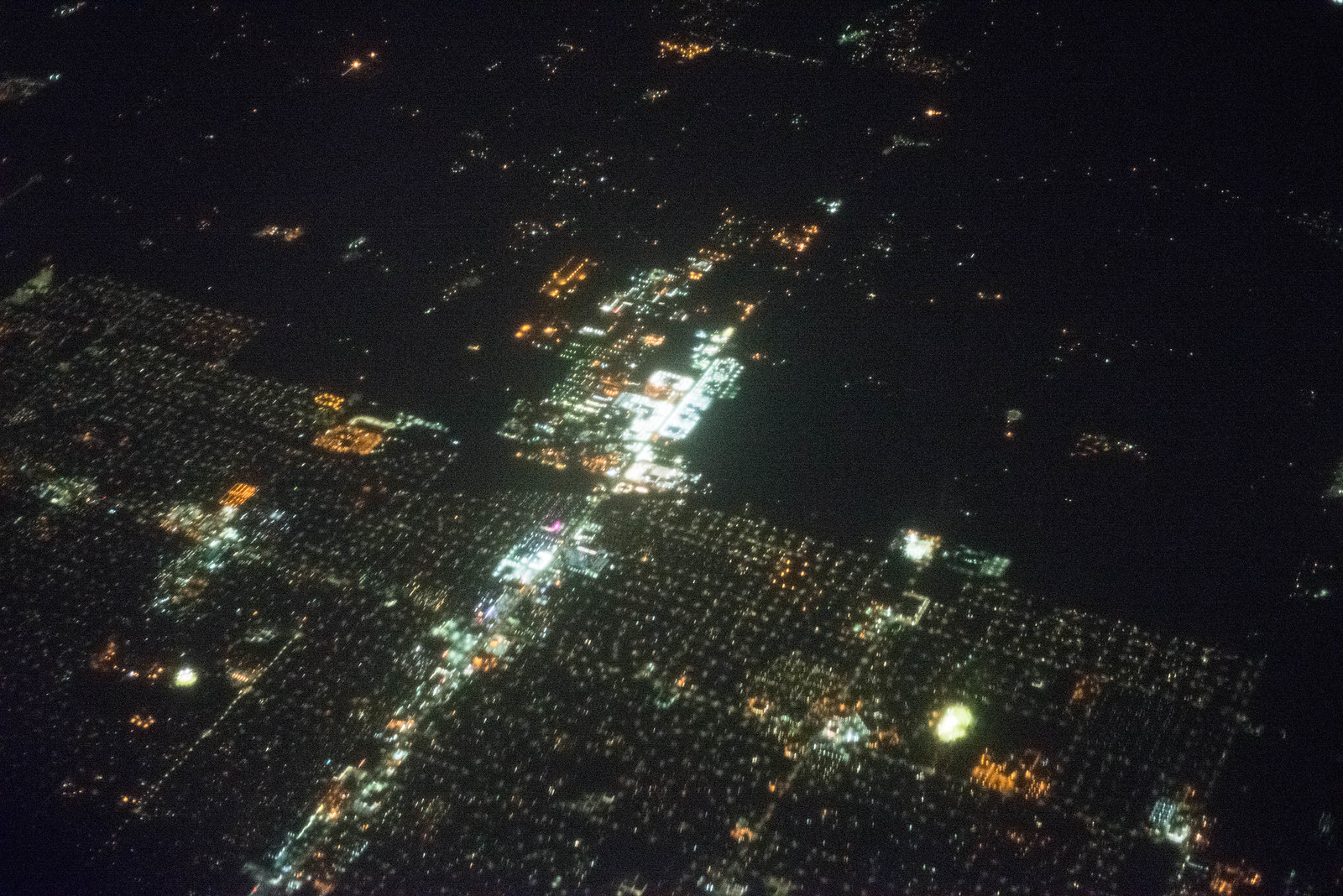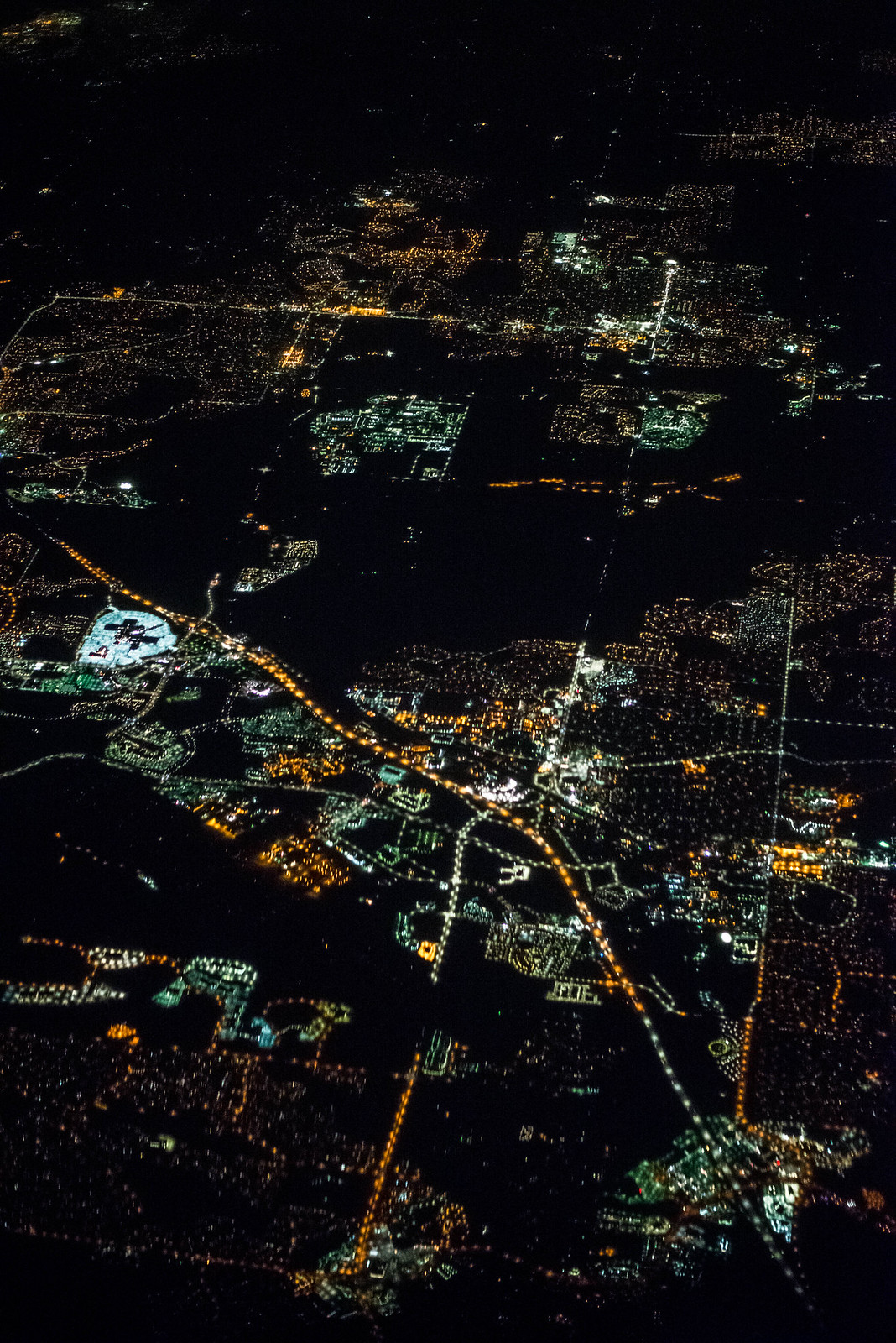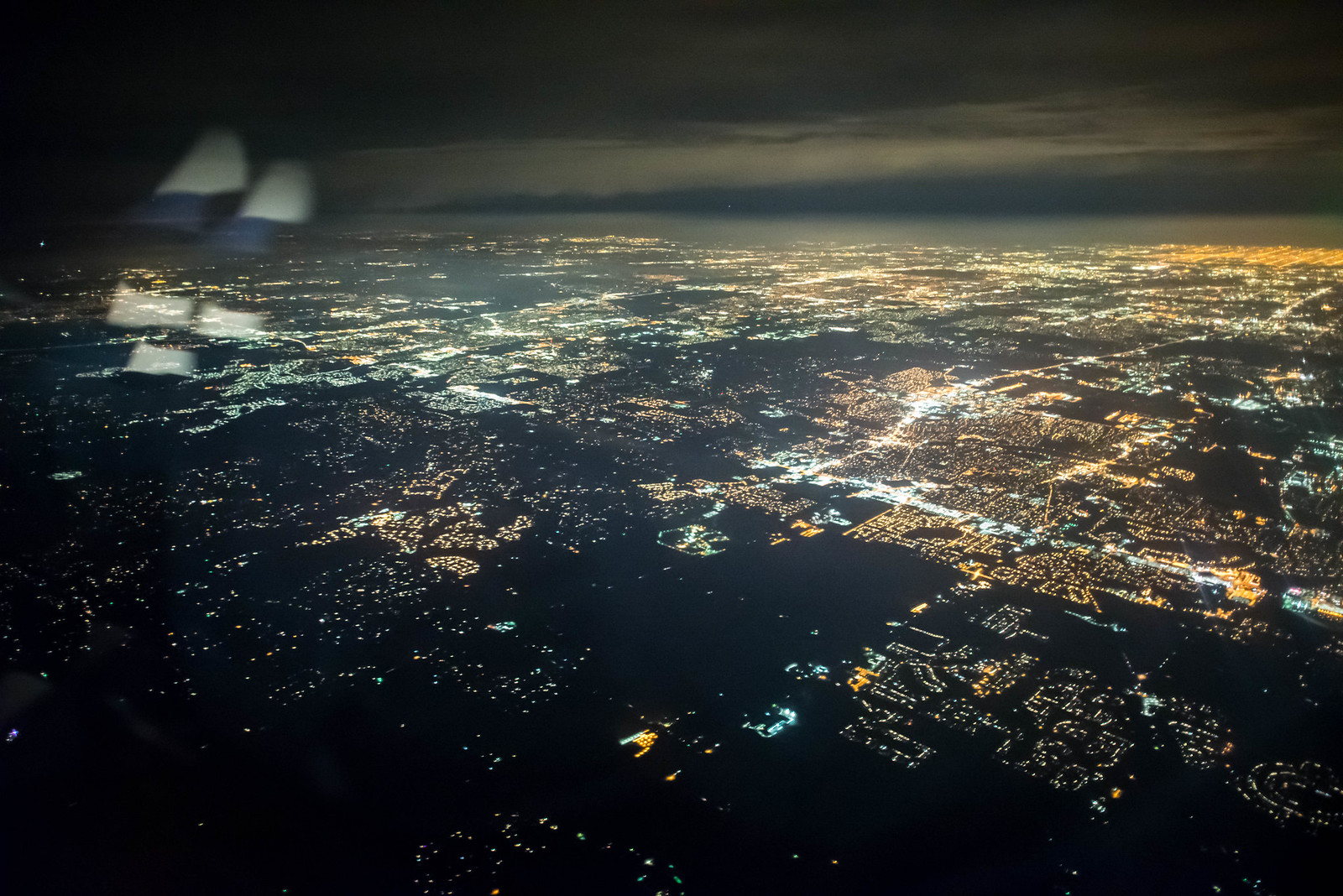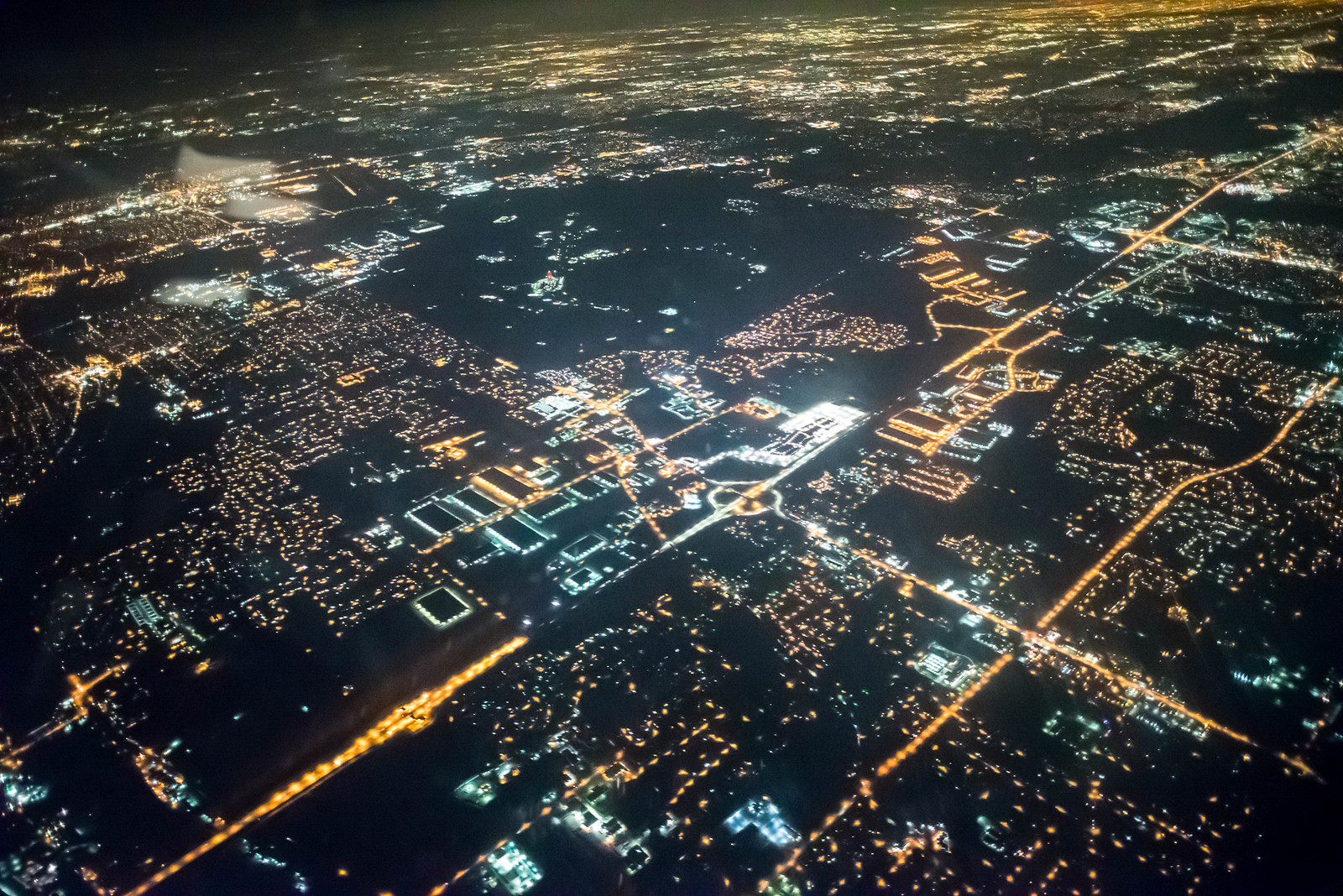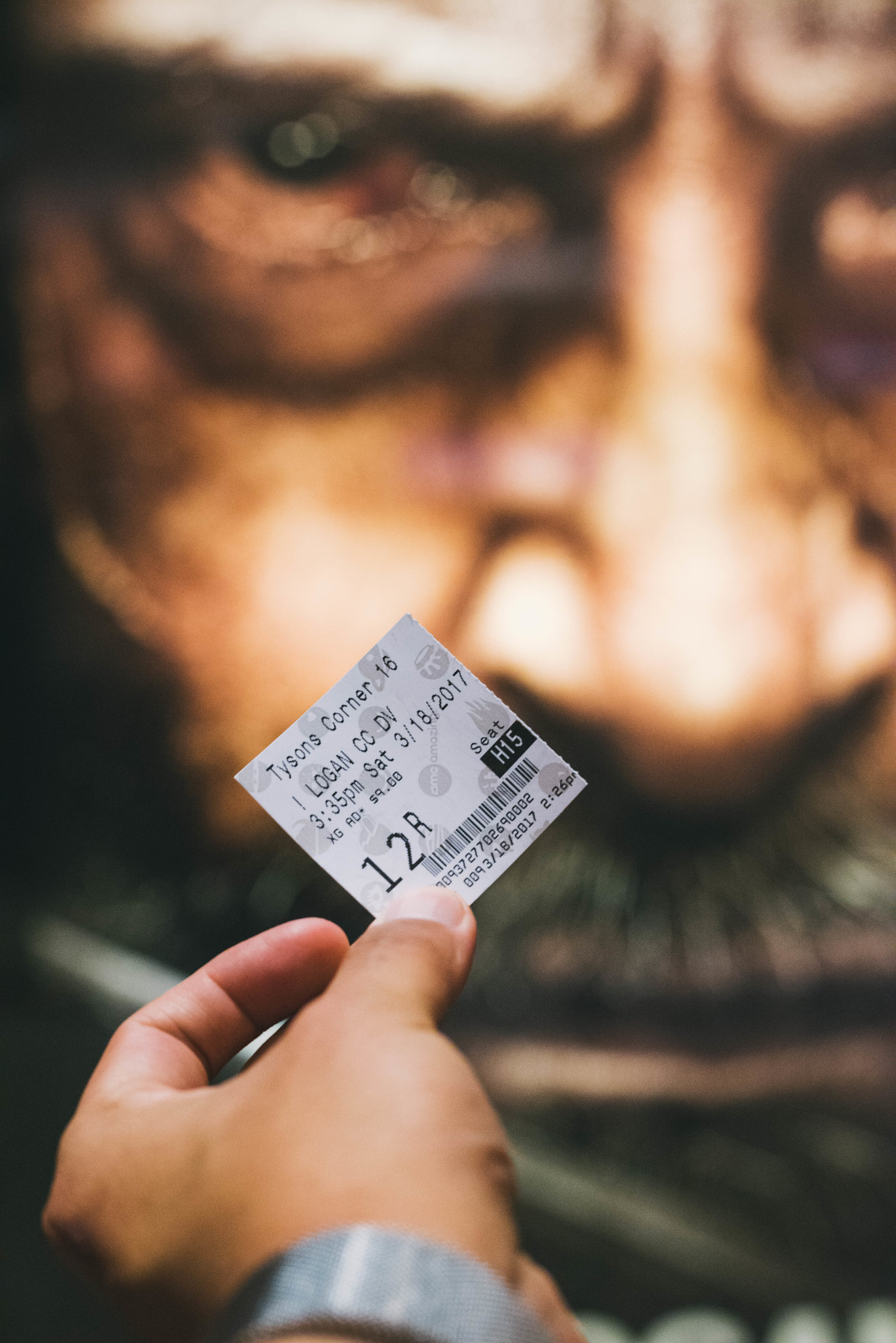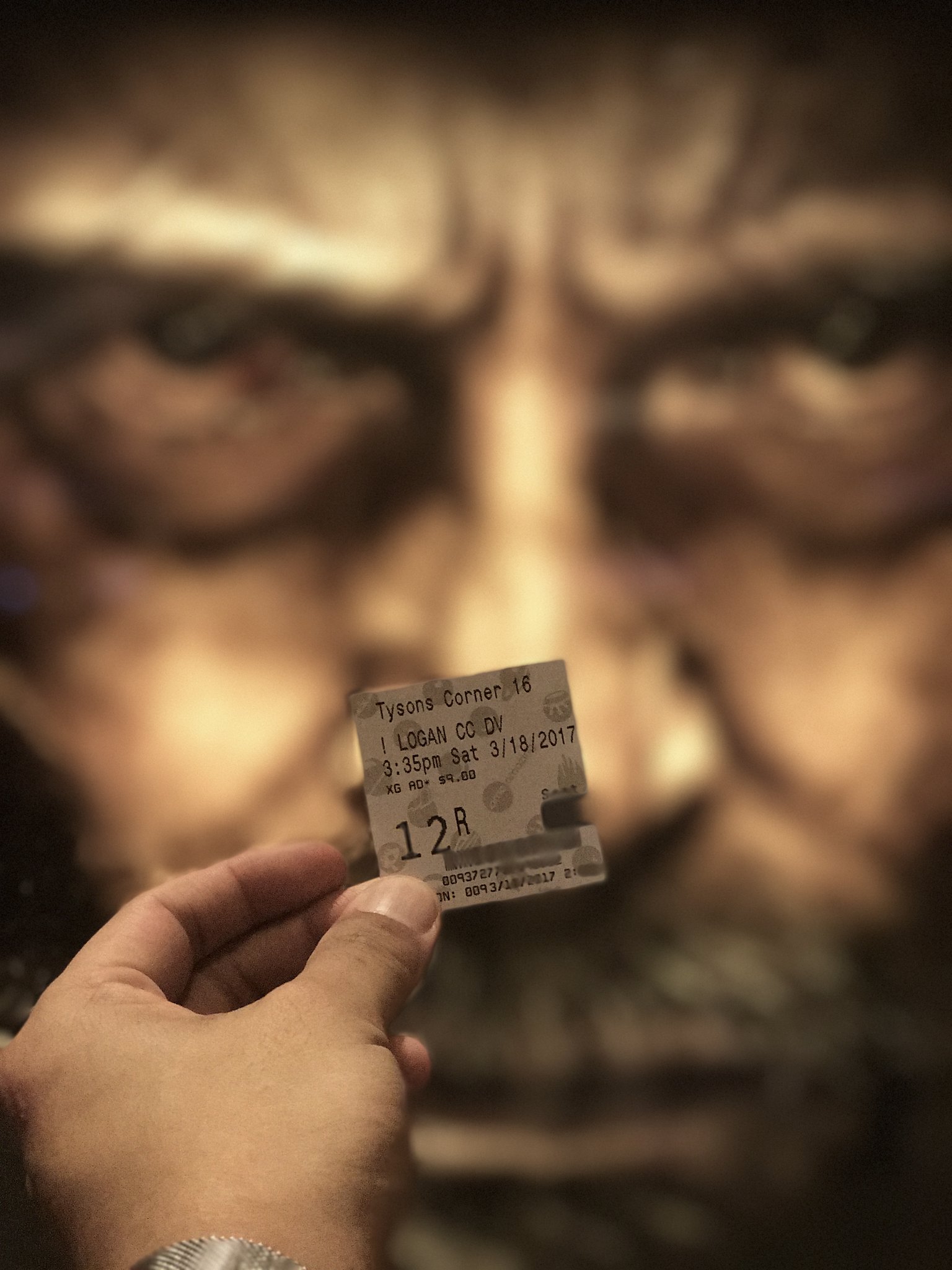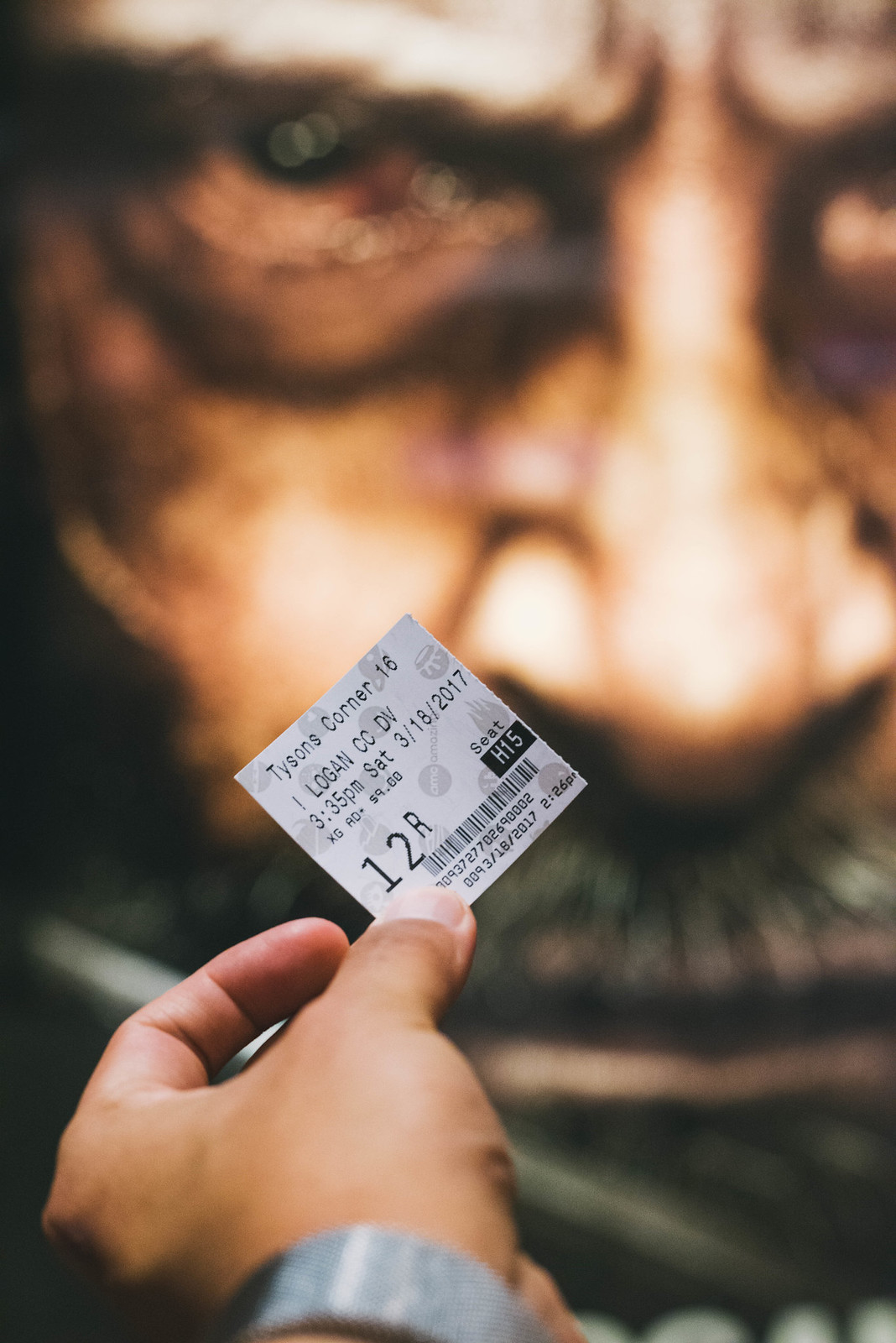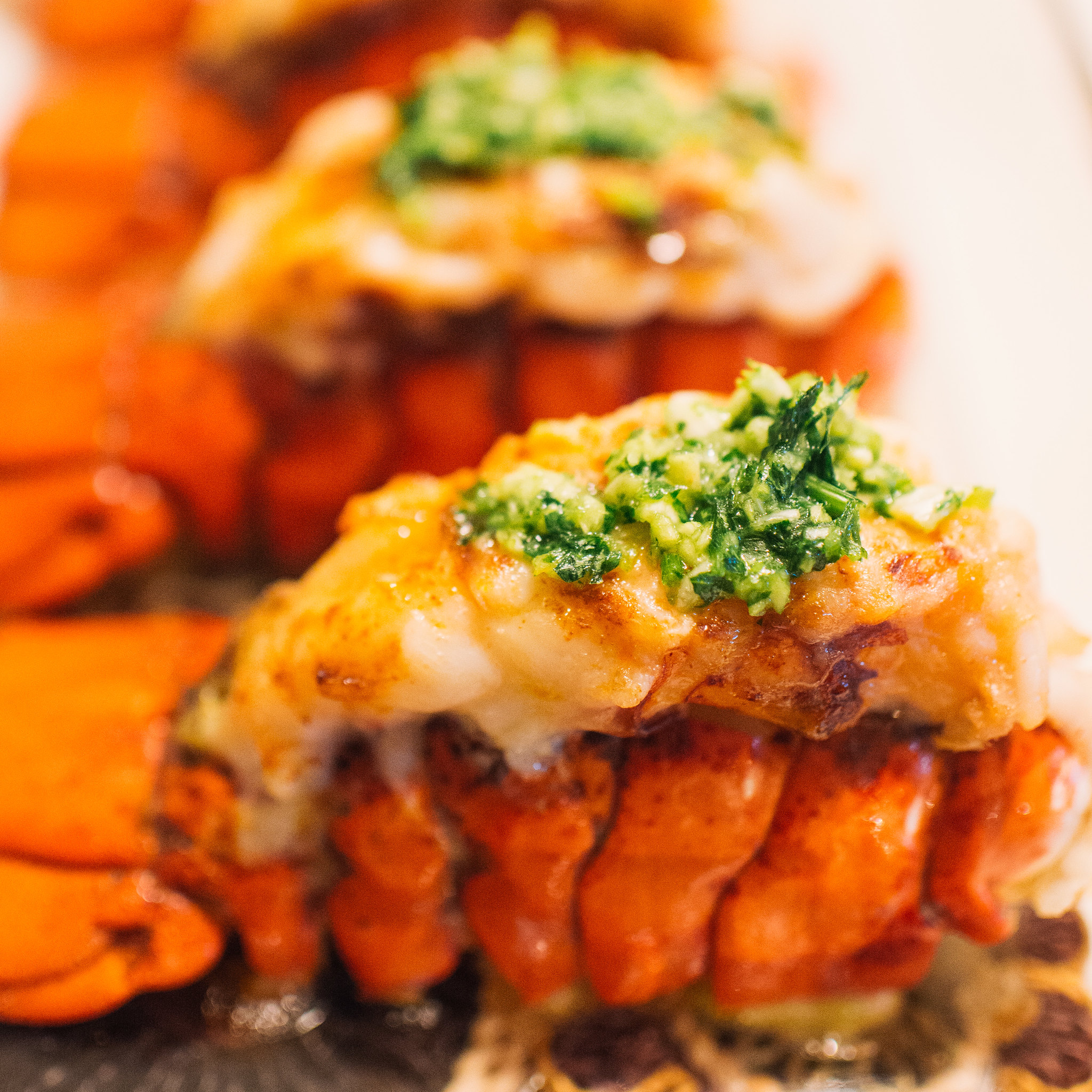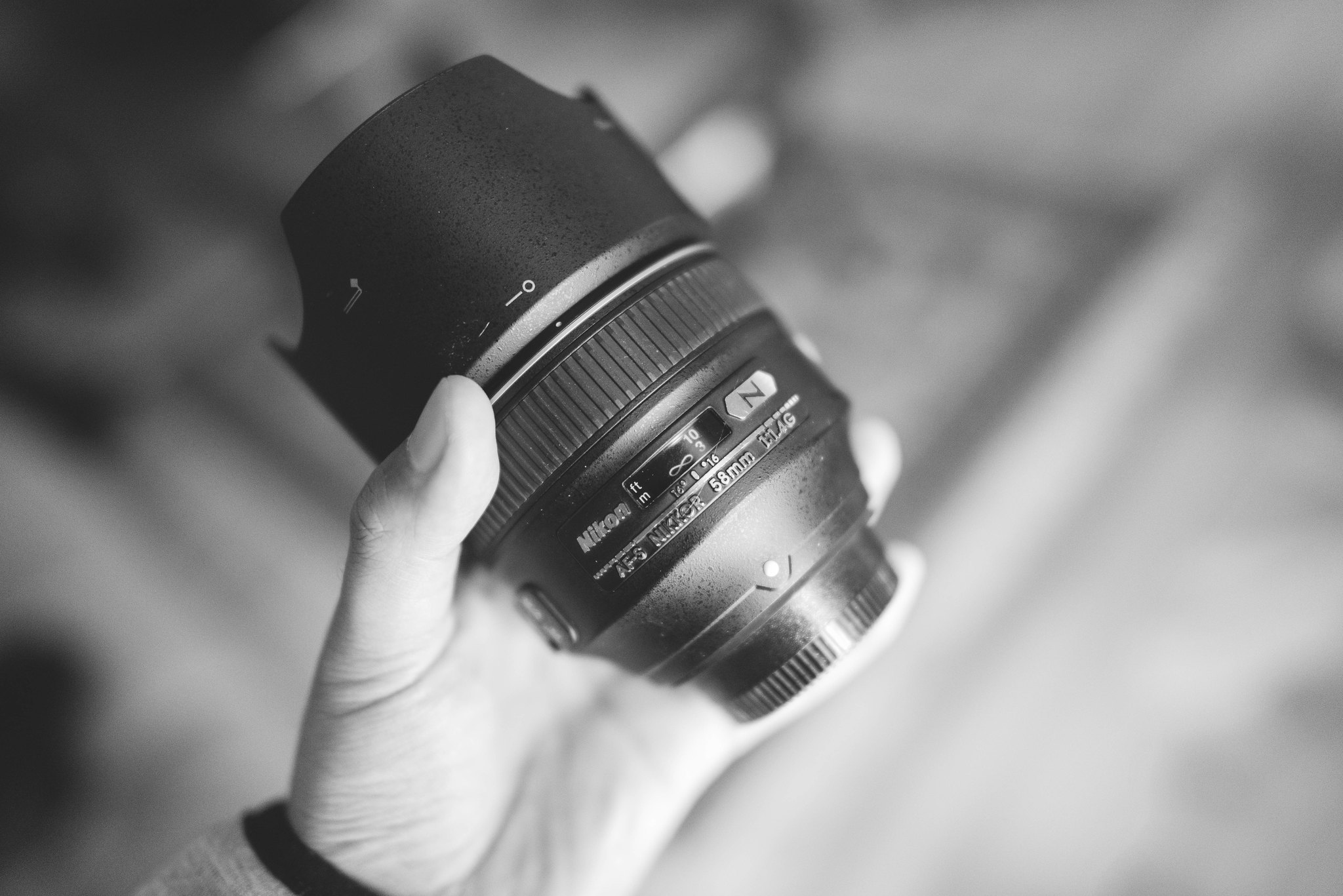
Photo of a Nikon 58mm 1.4g, shot with my 24mm.
I’ve had my eye on the 58mm 1.4g for a year now, and I’m past due on a new lens. I’ve always wanted a 50mm, and this seemed like a really interesting choice. This lens is either loved or hated by photographers.
Right off the bat, I can tell you that I love the way that this lens renders images, but the focal length is boring as hell. 50mm lenses render what the human eye sees, so it’s nothing extraordinary. A lens like this demands the photographer to be more selective and focus on composition, lighting and the story.
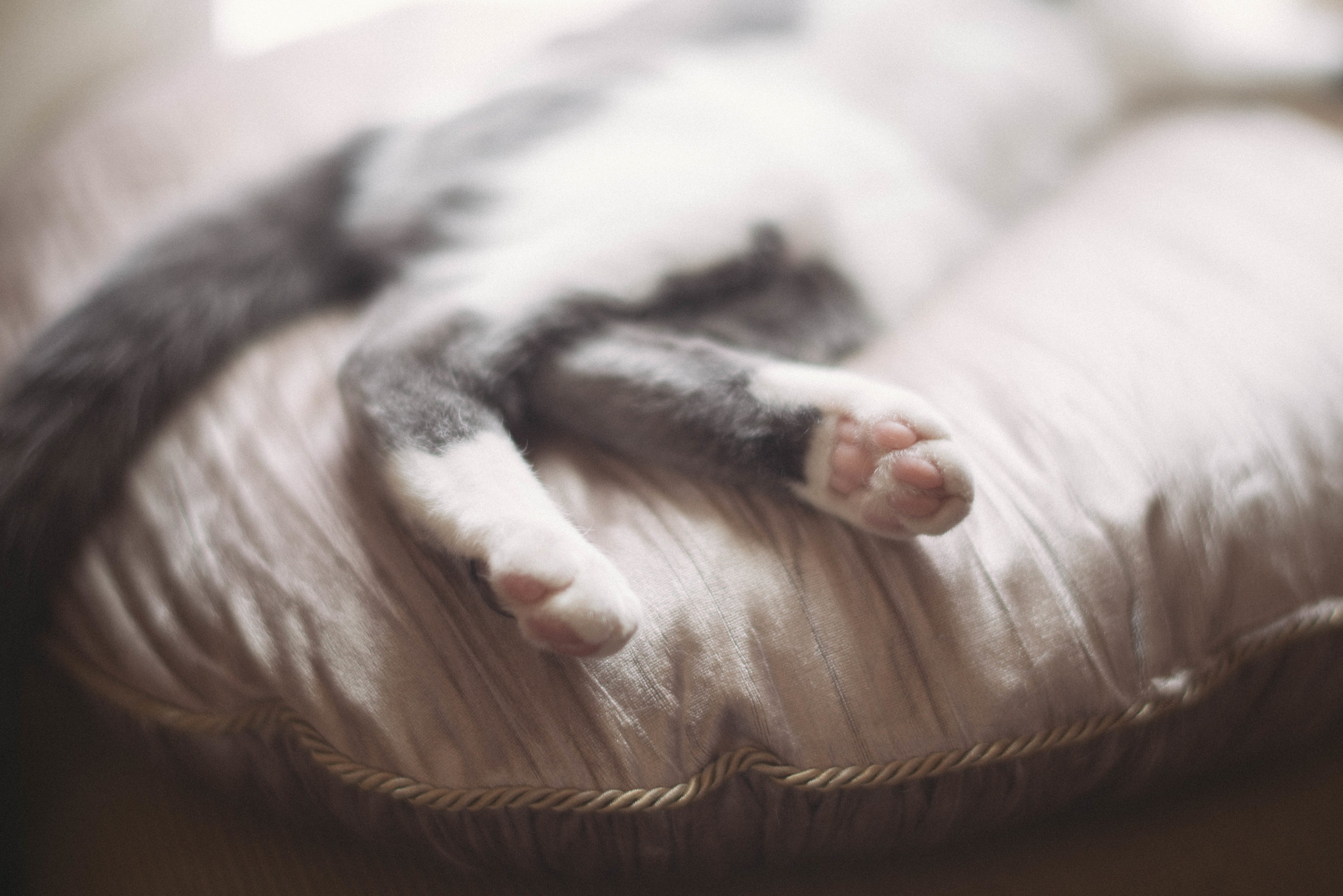
Photo of Noodle’s paws shot at 58mm 1.4.
This lens is best used between f1.4-f2.5. Anything beyond that feels close to a standard feeling you get from a 50mm. It has the most character when things are shot wide open—bokeh is super soft, and images have an almost 3d effect, popping out from the background.
The challenge of shooting wide open is that the depth of field is razor thin when your subject is within 3′. Most of the time with moving objects (like cats), the autofocus isn’t fast enough. I recommend shooting manual for anything within two arms reach. After that, I think autofocus works fine in decent lighting. I can already tell you that I miss at least 50% of my shots in low light with moving targets.
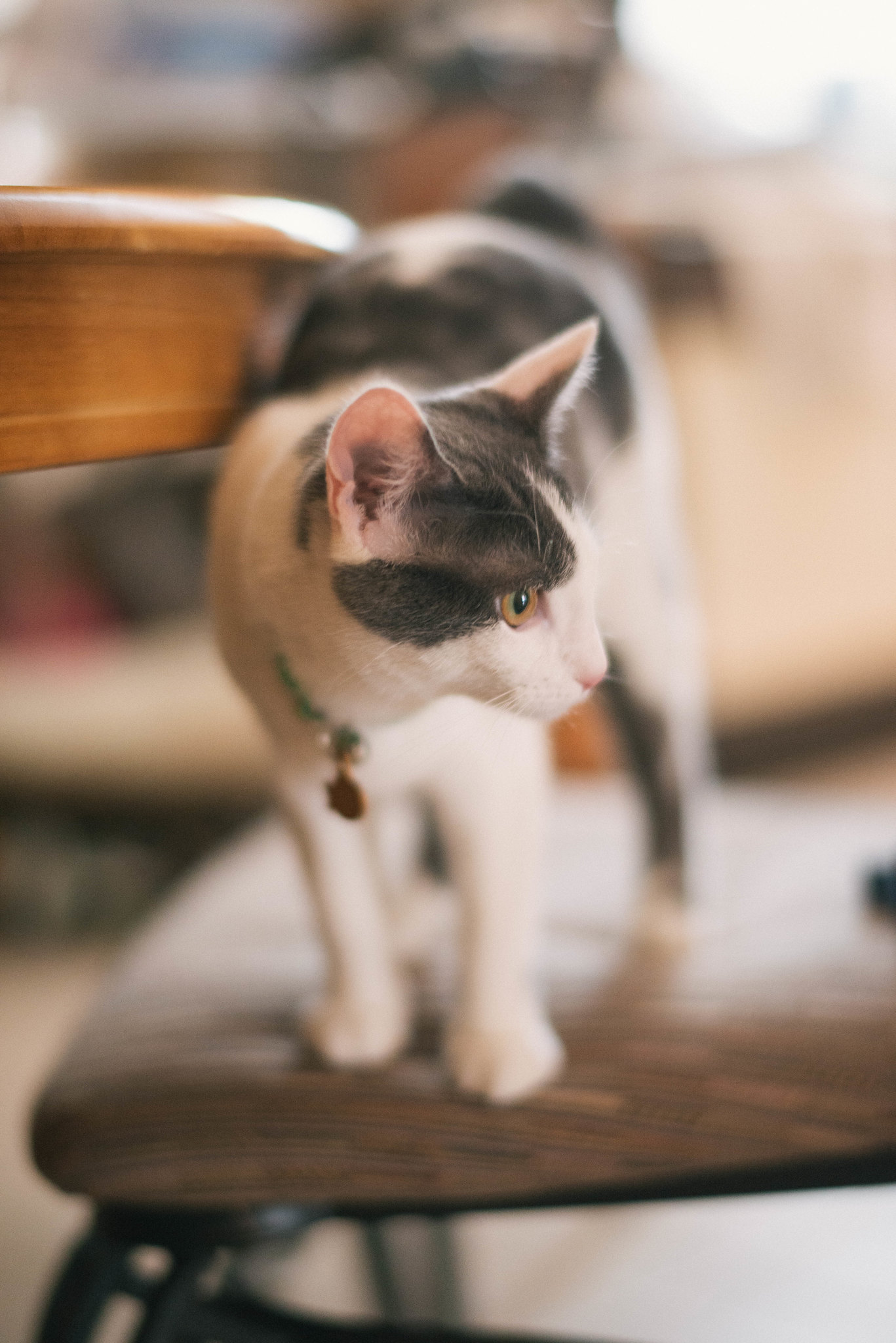
Noodle at the dinner table looking for food.
One of the downsides of this lens is that the minimum focal length is about 2′ (one arm length away). Now, that doesn’t sound like much, but it’s really hard to get in tight and capture an expression. It’s also hard to use in tight quarters and “zooming with your feet”.
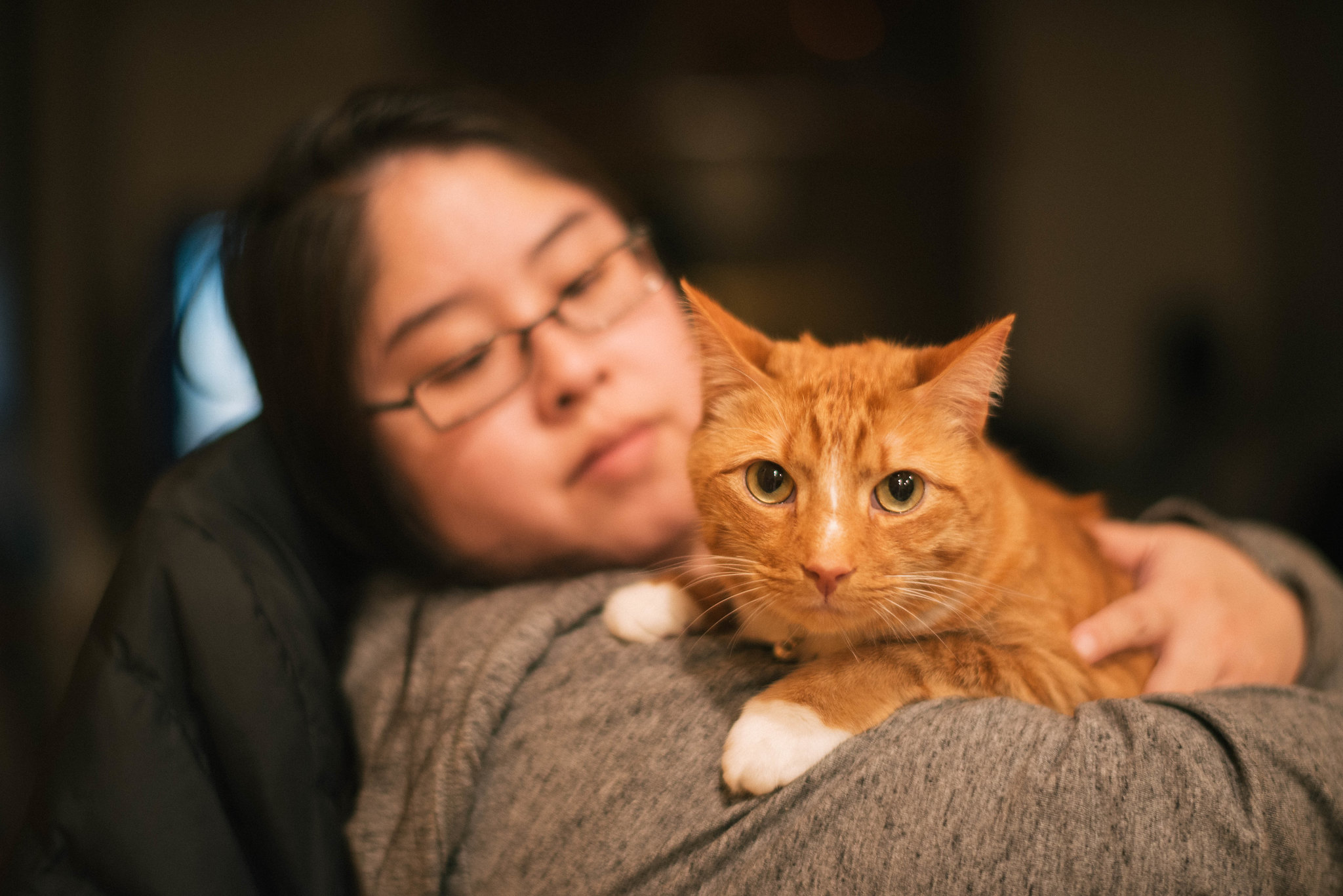
Photo of Mango and Annie, shot at 58mm 1.4.
As you can see in the photo above, Mango is in focus while Annie is blurred. I think this is a nice effect, but to be really frank, I think that an 85mm would be a better choice for this kind of shot. With an 85mm, I could get in 1.5x closer to create some drama, and it would feel candid. And perhaps for a little more reach, a 105mm could probably get me in even closer for something really interesting.
I’ve seen some people do some amazing portraits with the 58mm… so I’m hoping to find that sweet spot as well. Check out Sam Hurd’s photos for superb examples.

Test photo of Annie standing in her driveway at 58mm 1.4.
I think this lens could be potentially used to shoot photos of people outdoors–to separate the foreground/background in an interesting way. This photo almost looks like something shot using the Brenizer Method.
This is where I think I can unlock the super powers of this glass. I’ll see if I can make some time tomorrow evening to shoot some more photos to test this theory.

Self portrait shot driving down Georgia Avenue in Maryland, 58mm 1.8.
I think I could have stopped this photo down even further to help render the background, but I think I like how dreamy it looks.
As I look at this photo, I ask myself: Could I have done this with my 35mm 1.4 or a nifty 50mm f1.8? And the answer is yes.
The 58mm f1.4 didn’t really provide any extra value for this photo… and if anything, I think my 35mm 1.4 would have been more flexible and given more context.
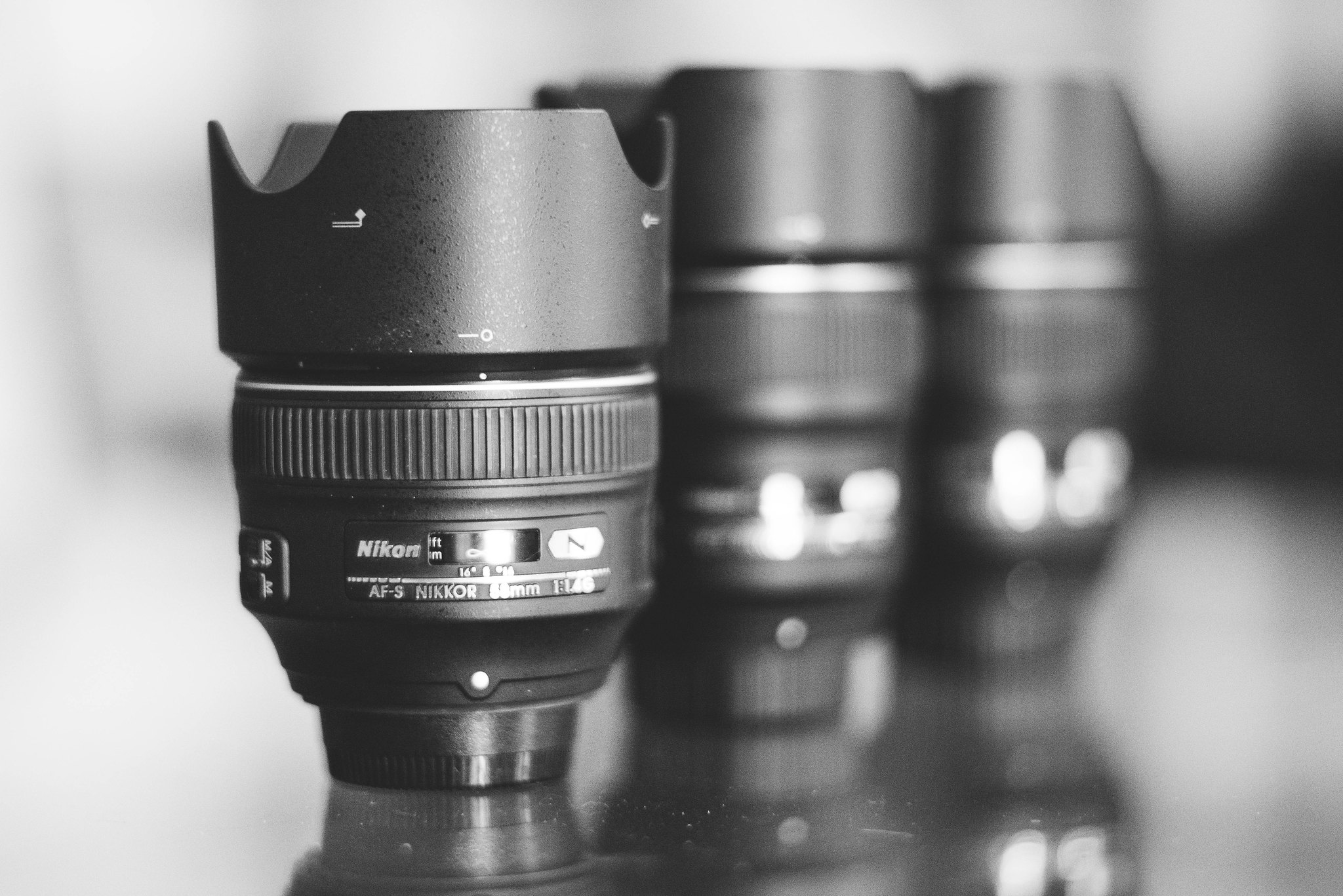
Photo of the 58mm in front some of my other lenses.
So this is where I have to ask myself: Does this lens deserve to be part of my prime kit? Well, I currently have a 24mm f1.4g, 35mm f1.4g, 55mm f3.5 ais macro, and 85mm f1.8 ais. Out of my current lenses, I use the 24mm the most, but I’ve found myself using the 35mm a little more when I’m shooting photos that have people in it. And the 85mm only comes out when I need to shoot a portrait.
I think that the 24mm and 58mm would pair nicely as a duo kit… but to really take advantage of it, I think I would want to have a second body. As you know, changing lenses on a DSLR is kind of a hassle.
On the other hand, lugging around two bodies is kind of a hassle too. Eek.
Alright, I’ll see if I can capture some decent photos find that sweet spot with the 58mm. Stay tuned.
